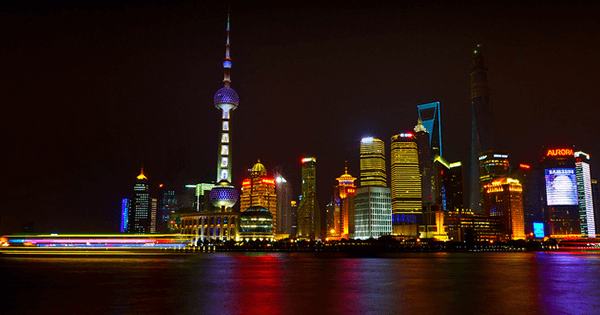
I am in China, on a two-week visit during which I am expected to give four lectures at universities in Shanghai and Nanjing. This is my first time in Shanghai. The only other time I was in China, in 1990, I had been on a press junket to the film set of Raise the Red Lantern, in the countryside, and also spent a few days in Beijing. My lasting impressions were of myriad bicyclists and dust clouds from yellow earth swirling around. Twenty-six years later, the bicyclists are mostly gone, replaced by cars and motorbikes that contribute mightily to the air pollution problem. Never mind the difficulty of crossing the street: moped drivers career through the sidewalks, ignoring the traffic laws and taking advantage of any opening, regardless of pedestrians popping up nearby. One is expected to scatter, which makes for a tense alertness with a touch of fear on any walk around town. Then again, many Shanghainese people I met through the university resisted walking because of the air pollution, preferring to take taxis, which are quite inexpensive. The only problem is that often cabbies are picky, and refuse fares if it’s to a section of town they want to avoid, which leads to the absurd situation of standing on a street corner for 15 minutes trying to hail a cab in order to avoid pollution, while imbibing the sour-smelling, acrid air. I also saw people with white cotton masks over their noses, though I doubt it was doing them much good.
Shanghai, with a population of 24 million, is the largest city in China, possibly in the world, and it struck me as both very exciting and gargantuan—overwhelming, in a word. New York City is small and cuddly by comparison. I have always been a fan of large cities—Cairo, Tokyo, Mexico City, Moscow, New York, you name it—but I may have met my match this time. I was expecting a skyscraper cityscape, though nothing could prepare me for the relentless superblock housing estates made of reinforced concrete, mediocre Stalinist architecture whose only regional touches are their pagoda-like pointed crowns. The Great Wall of China has been reborn in the form of these huge concrete mountain ranges that abut the highways as far as the eye can see. I suppose, given the size of the population, they are a realistic solution and one cannot entirely accuse the city of being “overbuilt”: even with them, I am told, Shanghai real estate is among the priciest in the world. For the most part, the charming old neighborhoods with narrow streets that gave Shanghai its historical allure have been razed to make way for these behemoths, punctuated by banal megamalls. You can still find pockets of that ineffably appealing turn-of-the-century or art deco cityscape, but you have to search for them.
The construction frenzy has also drawn many of the world’s star architects, who have contrived to pull apart the old modernist box, like the Hulk bursting out of his jeans, with every imaginable curve, bulge, fold, and biomorphic amoeboid extrusion: computer-generated novelties that gussy up or brutalize the façade, and hover in one’s judgment somewhere between amazement and distaste at their self-indulgent arbitrariness. (Then again, who said architecture had to be rigorous or rational?). These structures are best seen at sundown from the Bund, Shanghai’s famous promenade along the river, all lit up in their garish neon quasi-futuristic splendor.
You could tell yourself you were seeing the future, the way that people a hundred years ago used to think visiting New York City was getting a science fiction preview, were it not for the fact that Shanghai so obstinately emanates the present.
Two final observations about the Shanghai street. First, these curious metal posts about three feet high on the edge of the curb that chatter away in Mandarin and English, telling you to get back behind the yellow line if their sensors detect that you have strayed too far forward. Second, more benignly, the strips of raised tile down the middle of the sidewalk, for the convenience of the blind. More next week.

